When you run out of hot pepper flakes, the top 7 substitutes are cayenne pepper powder, gochugaru, Aleppo pepper, chili powder, paprika, harissa paste, and fresh chilies. Each offers unique heat levels and flavor profiles for immediate use in any recipe.
| Substitute | Flavor | Heat Level | Best For | Substitution Ratio |
|---|---|---|---|---|
| Cayenne Powder | Earthy, sharp | Medium-High (30,000–50,000 Scoville) | Sauces, marinades, soups | 1/2 tsp per 1 tsp flakes |
| Gochugaru | Smoky, sweet, fruity | Medium-Hot | Korean dishes, kimchi | 1:1 ratio |
| Aleppo Pepper | Fruity, tangy | Medium (10,000–15,000 Scoville) | Mediterranean dishes, olive oil drizzles | 1:1 ratio |
| Chili Powder | Smoky, complex | Low-Medium | Tacos, chili, casseroles | 1.5x amount of flakes |
| Paprika | Mild, sweet/smoky | Low | Rice, roasted veggies, paella | 1:1 for color; add cayenne for heat |
| Harissa Paste | Spicy, garlicky | Medium-Hot | Stews, tagines, grain bowls | 1/2–1 tsp paste per 1 tsp flakes |
| Fresh Chilies | Bright, crisp | Varies (Jalapeño=mild; Thai=hot) | Salsas, garnishes, pickling | 1–2 jalapeños (seeds removed) per 1 tsp flakes |
Cayenne Pepper Powder
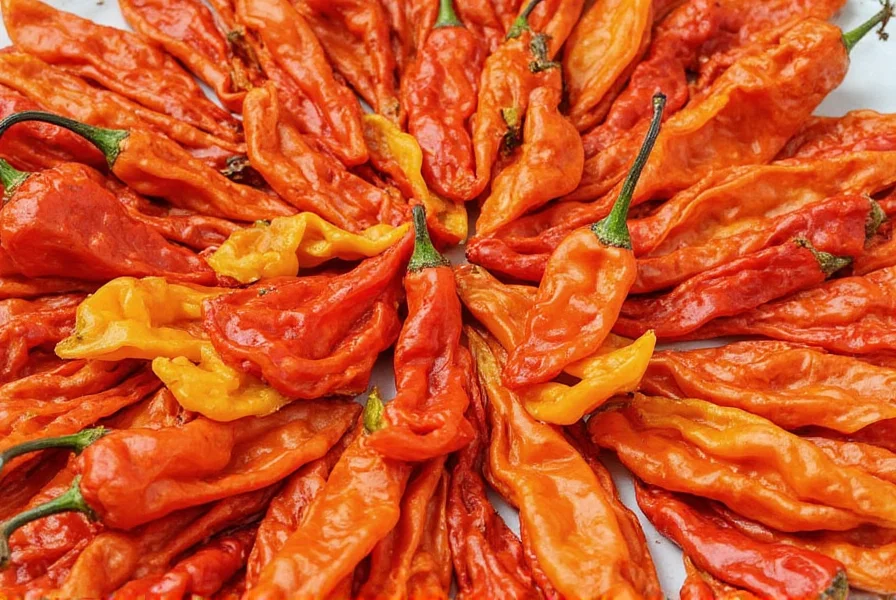
Flavor Profile: Earthy, sharp, and moderately spicy.
Heat Level: Medium-High (30,000–50,000 Scoville units).
Best For: Sauces, marinades, soups, stews, and rubs.
Cayenne pepper is the most direct substitute for hot pepper flakes. Its fine texture ensures even heat distribution. Use half the amount of cayenne compared to flakes for equivalent spice intensity.
Gochugaru (Korean Red Pepper Flakes)
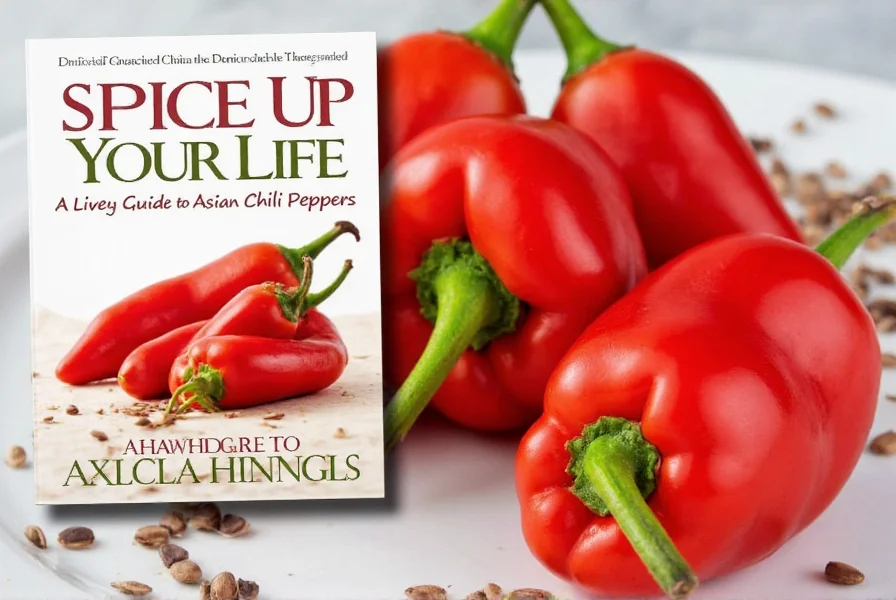
Flavor Profile: Sweet, smoky, slightly fruity.
Heat Level: Medium-Hot (varies by variety).
Best For: Kimchi, bibimbap, Korean BBQ sauces.
Gochugaru provides complex heat with a signature sweetness. Use a 1:1 ratio for authentic Korean dishes. Its coarse texture holds up well in long-cooking stews.
Crushed Aleppo Peppers
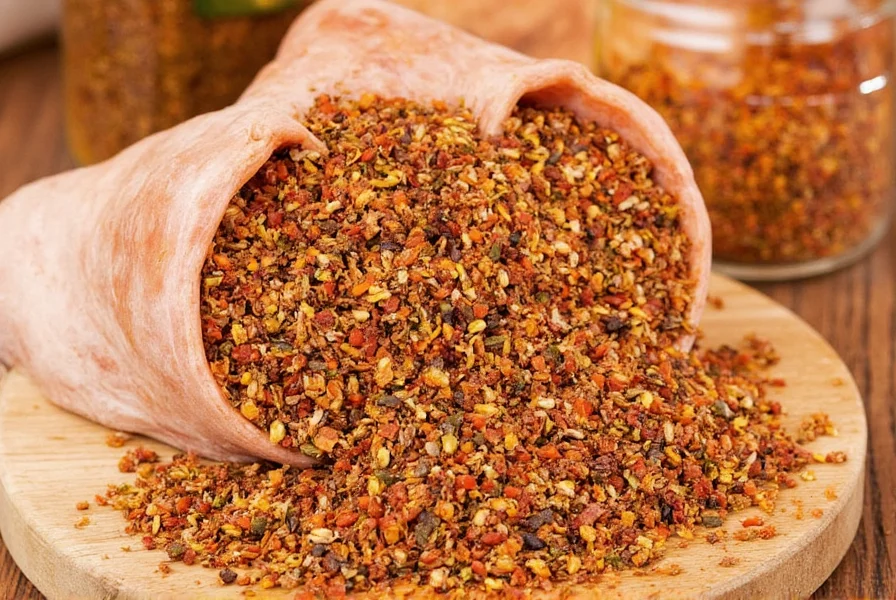
Flavor Profile: Fruity, tangy, with moderate heat.
Heat Level: Medium (10,000–15,000 Scoville units).
Best For: Mediterranean dishes, olive oil drizzles, grilled vegetables.
Aleppo pepper offers balanced heat with raisin-like sweetness. Sprinkle generously over finished dishes for a nuanced kick without overwhelming spice.
Chili Powder
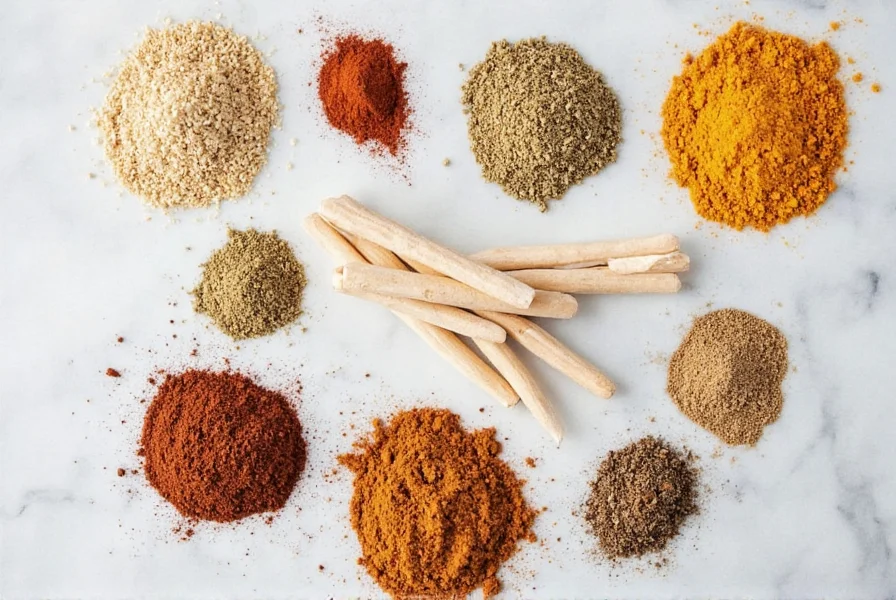
Flavor Profile: Smoky, earthy, with mild heat.
Heat Level: Low-Medium (varies by brand).
Best For: Tex-Mex dishes, chili con carne, tacos, casseroles.
Chili powder blends chilies with cumin and garlic, so use 1.5x the amount of flakes. For extra heat, mix with a pinch of cayenne.
Paprika (Sweet or Smoked)
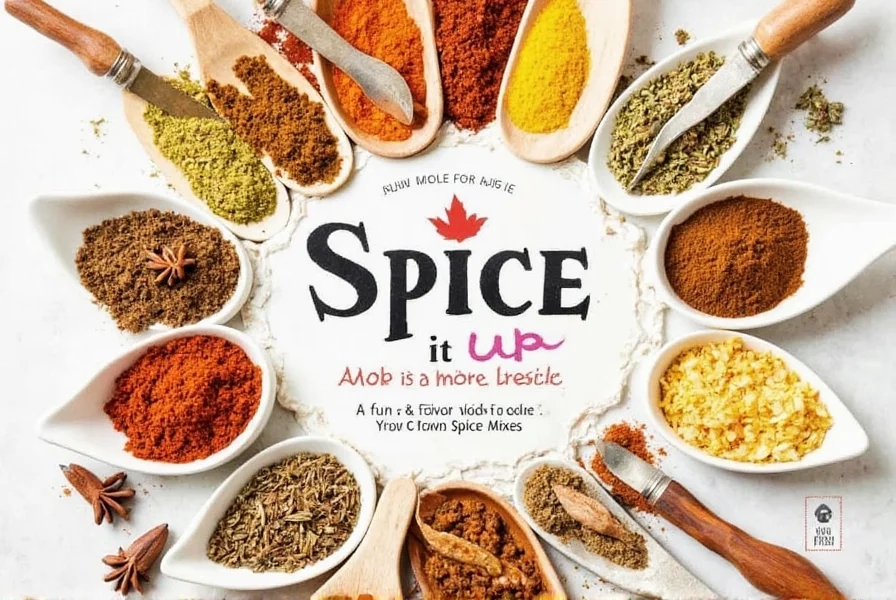
Flavor Profile: Mild, sweet, nutty (smoked paprika has a woodsy note).
Heat Level: Low (unless labeled 'hot').
Best For: Rice dishes, roasted veggies, paella, meat rubs.
Paprika adds vibrant color and subtle flavor. For heat, combine with cayenne (1 tsp paprika + 1/4 tsp cayenne = 1 tsp flakes equivalent).
Harissa Paste
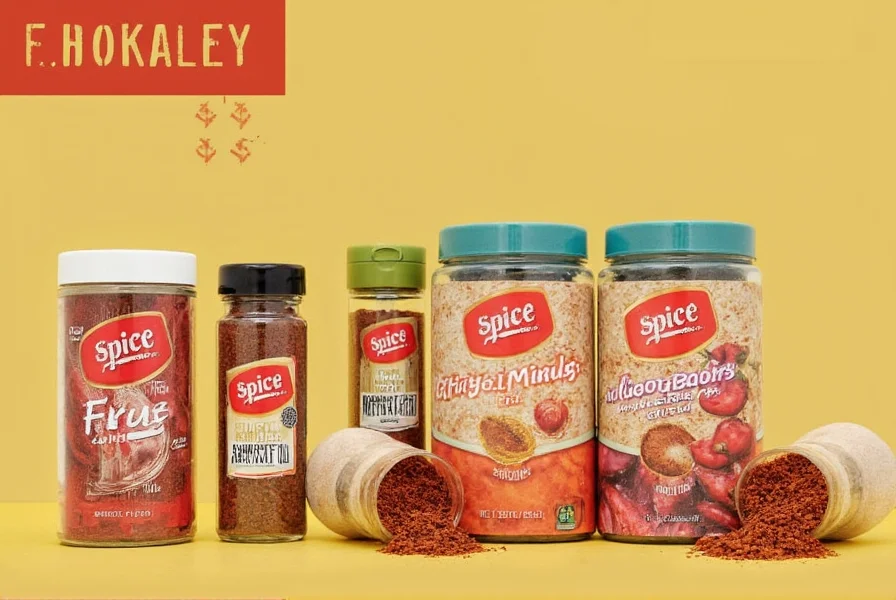
Flavor Profile: Spicy, garlicky, smoky, with North African spices.
Heat Level: Medium-Hot (adjustable based on brand).
Best For: Stews, tagines, roasted vegetables, grain bowls.
Harissa paste brings depth and moisture. Use 1/2–1 tsp paste per 1 tsp flakes, and reduce other liquids in the recipe slightly.
Fresh Chilies (Serrano, Jalapeño, Thai Bird's Eye)
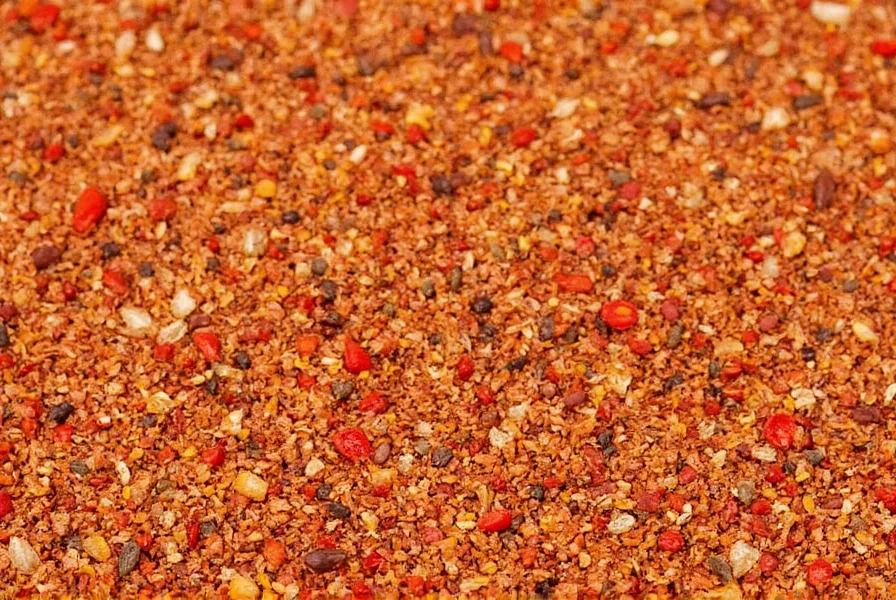
Flavor Profile: Bright, crisp, with varying levels of heat.
Heat Level: Jalapeño = mild; Serrano = medium; Thai = hot.
Best For: Salsas, salads, garnishes, pickling.
Fresh chilies add texture and brightness. For 1 tsp flakes, use 1–2 finely chopped jalapeños (seeds removed) or 1 Thai bird's eye chili. Adjust seeds for heat control.
Buying Guide: Choosing the Right Spice Substitute
Not all substitutes are created equal — especially when you're shopping at the supermarket or browsing online stores. Here's how to choose the right substitute for your next culinary adventure:
Know the Flavor Profile
Before picking up any spice, ask yourself: "Do I want pure heat, or something more complex?" For example, cayenne gives heat, whereas harissa brings layers of flavor. Aleppos and gochugaru offer unique regional notes.
Check the Ingredients List
Some commercial chili powders and pastes contain fillers, salt, or preservatives. If you prefer natural ingredients, look for single-origin products or blends with minimal additives.
Read the Heat Scale
Many spice jars now include a Scoville scale reference. This helps you gauge how spicy the product will be compared to fresh or dried chilies.
Consider Shelf Life and Storage
Whole dried chilies and crushed flakes last longer than pastes or fresh peppers. Store ground spices in airtight containers away from light and moisture to preserve potency.
Brand Recommendations
Here are a few top-rated brands to consider when shopping for spice substitutes:
- Mccormick Culinary Series: Great for consistent quality and flavor in professional kitchens.
- La Dalia Gochugaru: Authentic Korean red pepper with a vibrant color and balanced heat.
- Zamouri Organic Aleppo Pepper: Pure, high-quality, and fragrant.
- Trader Joe's Harissa Paste: Affordable and packed with flavor for quick meals.
Frequently Asked Questions About Hot Pepper Flakes Substitutes
What's the closest substitute to hot pepper flakes in terms of heat level?
Cayenne pepper powder is the closest substitute in terms of heat level, typically ranging from 30,000-50,000 Scoville units. Use about half the amount of cayenne compared to hot pepper flakes since it's more concentrated. For example, if a recipe calls for 1 teaspoon of hot pepper flakes, use 1/2 teaspoon of cayenne powder.
Can I use chili powder instead of hot pepper flakes?
Yes, but with some considerations. Standard chili powder is milder and contains additional spices like cumin and garlic. Use about 1.5 times the amount of chili powder compared to hot pepper flakes. If you need more heat, look for "hot" chili powder or add a pinch of cayenne to your chili powder.
How do I substitute fresh chilies for hot pepper flakes?
For fresh chilies, use about 1-2 finely chopped fresh jalapeños (seeds removed) to replace 1 teaspoon of hot pepper flakes. Remember that fresh chilies add moisture to your dish, so you may need to adjust cooking times. Serranos are hotter than jalapeños, while Thai bird's eye chilies are significantly hotter than both.
What's the difference between gochugaru and hot pepper flakes?
Gochugaru (Korean red pepper flakes) has a distinctive sweet, smoky, slightly fruity flavor profile compared to the sharper heat of traditional hot pepper flakes. Gochugaru is essential for authentic Korean dishes like kimchi and bibimbap. While both provide heat, gochugaru offers more complexity and less intense burn than standard hot pepper flakes.
Can I make my own hot pepper flakes substitute?
Absolutely! You can make your own substitute by drying and crushing your favorite chili peppers. For a blend similar to store-bought hot pepper flakes, try mixing dried cayenne, jalapeño, and small amounts of hotter peppers like habanero. Dry the peppers completely, then crush them with a mortar and pestle or pulse in a food processor until you achieve your desired consistency.
How much harissa paste equals 1 teaspoon of hot pepper flakes?
For harissa paste, use about 1/2 to 1 teaspoon of paste to replace 1 teaspoon of hot pepper flakes, depending on the brand's heat level. Since harissa is a paste, you'll be adding moisture to your dish, so consider reducing other liquids slightly. Harissa also brings additional flavors like garlic and spices, which will change the overall flavor profile of your dish.
Conclusion: Keep the Heat Alive!
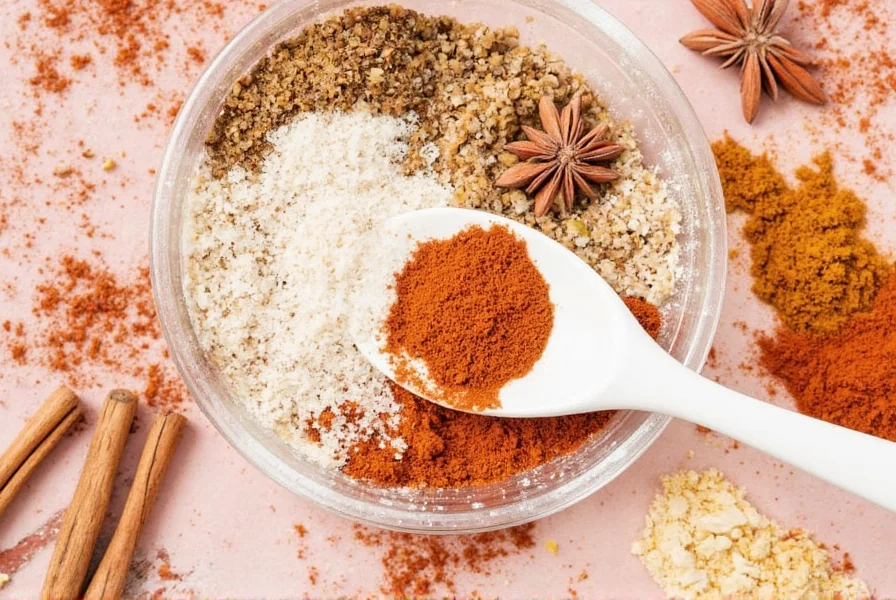
Running out of hot pepper flakes doesn't mean the end of flavor — it's just the beginning of your spice journey. With so many amazing alternatives out there, you can tailor your heat source to match the cuisine, mood, and flavor profile you're aiming for.
From the smoky warmth of paprika to the fiery punch of cayenne and the exotic flair of Aleppo or gochugaru, your pantry holds endless possibilities. Experiment, taste, and discover new favorites that make your dishes sing with spice.
So next time you're missing that bottle of red flakes, don't panic — grab another jar from your spice collection and keep that meal sizzling!

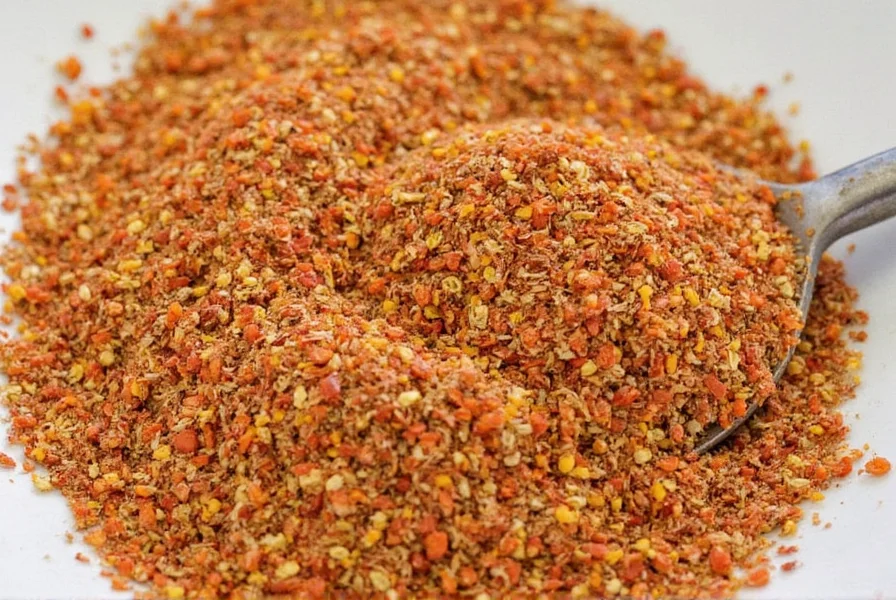









 浙公网安备
33010002000092号
浙公网安备
33010002000092号 浙B2-20120091-4
浙B2-20120091-4